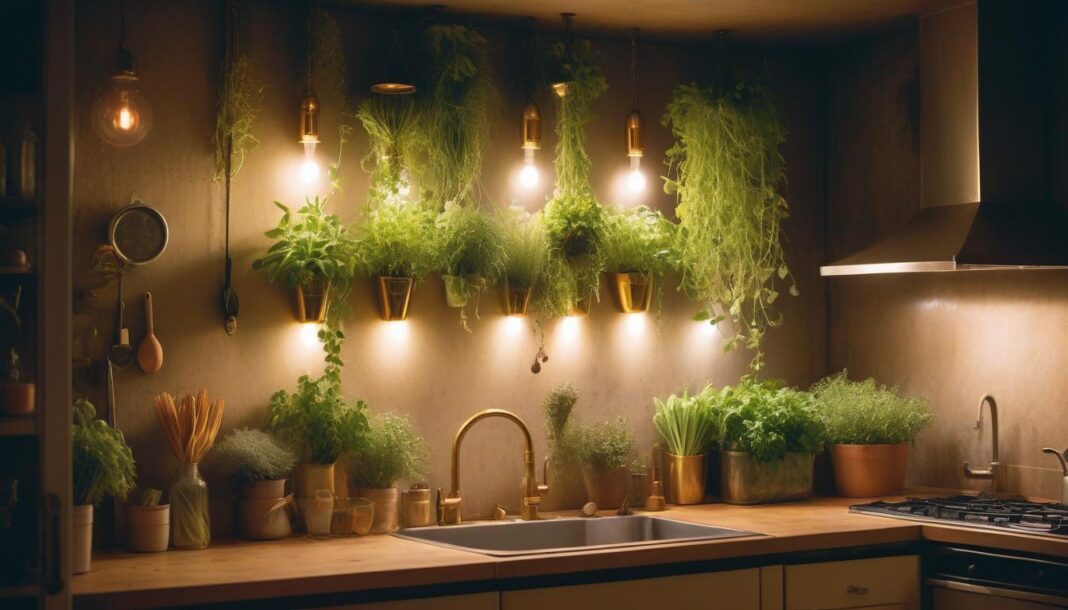Mastering Indoor Vertical Gardening: Essential Tips, Tricks, and Techniques for Lush Green Spaces at Home
Indoor vertical gardening has become a popular solution for urban dwellers, gardening enthusiasts, and anyone seeking a touch of greenery in their home. With limited space in many apartments or houses, growing plants upward rather than outward offers a clever way to maximize space, add beauty, and enjoy fresh herbs, vegetables, and flowers year-round.
In this guide, we’ll walk you through everything you need to know about creating a thriving indoor vertical garden. From choosing the right plants to advanced gardening techniques, let’s explore how you can bring nature indoors in style.
Why Choose Indoor Vertical Gardening?
Vertical gardening is more than just a trend—it’s an innovative solution for growing plants in small spaces. Here’s why you should consider it for your home:
- Maximizes Limited Space
For those living in apartments or homes with limited outdoor areas, vertical gardens are a game-changer. These gardens transform walls, corners, and even unused nooks into thriving green spaces. - Improves Air Quality
Indoor plants help purify the air by removing toxins and releasing oxygen. A vertical garden not only brightens up your home but also contributes to a healthier environment by improving air quality. - Adds Aesthetic Value
A vertical garden can instantly elevate the look and feel of your living space. Whether you opt for a sleek modern design or a rustic, boho vibe, vertical gardens create a calming, natural ambiance indoors. - Sustainability
By growing your own herbs, vegetables, or flowers, you reduce your reliance on store-bought produce. This contributes to sustainability by cutting down on packaging waste and reducing your carbon footprint. - Boosts Well-Being
Spending time around plants has been proven to reduce stress, enhance mood, and improve concentration. Having an indoor vertical garden provides an oasis of calm and relaxation in your home.
Key Tips for Building Your Indoor Vertical Garden
1. Select the Right Location
The first step in setting up a vertical garden is choosing the best location. Light is crucial to plant growth, so it’s important to pick a spot where plants will receive sufficient sunlight. South-facing windows or walls typically provide the most natural light, but if sunlight is limited, don’t worry! You can always supplement with grow lights to keep your plants thriving.
2. Pick the Best Plants for Your Vertical Garden
Not all plants are suitable for vertical gardening, especially indoors. Here’s a list of the best plants for vertical gardens:
- Herbs: Basil, mint, oregano, thyme, and parsley are great for vertical gardens because they grow compactly and don’t require a lot of space.
- Compact Vegetables: Lettuce, spinach, radishes, and baby carrots grow well in vertical setups and are perfect for small indoor gardens.
- Succulents and Cacti: These drought-tolerant plants are easy to maintain and require minimal care, making them ideal for vertical gardens in dry environments.
- Trailing Plants: Vines like pothos, ivy, and ferns add a cascading effect to your vertical garden, creating a lush, flowing look.
- Flowers: Small flowers like begonias or petunias bring color to your indoor garden, brightening up any space.
3. Choose the Right Vertical Garden Structure
Vertical gardening works best when you have a system that supports your plants. Here are some structure ideas:
- Multi-Level Planter Racks: These racks allow you to grow several plants on different levels, making the most of vertical space. They are available in various materials like wood, metal, or plastic.
- Wall-Mounted Planters: Planters that attach directly to the wall can be pocket-style, shelves, or hanging containers. They’re sleek and space-efficient, perfect for herbs or flowers.
- Hanging Gardens: Create a modern look by using ropes, wooden frames, or metal shelving to hang plants. This method works great for trailing vines and plants that cascade downwards.
- DIY Vertical Garden Ideas: For a personalized touch, consider creating your own vertical garden using recycled materials like pallets, shoe racks, or PVC pipes. You’ll find tons of creative tutorials online to get started.
4. Watering and Drainage: Keep Plants Healthy
Watering can be tricky in vertical gardens, especially when the plants are stacked on top of each other. Proper drainage is crucial to prevent water from accumulating at the bottom and potentially causing root rot. Here’s how to address watering needs:
- Use a Drip Irrigation System: An automatic watering system ensures each plant gets the right amount of water, even in a multi-level garden.
- Ensure Proper Drainage: Make sure your plant containers have drainage holes, and consider adding a drainage tray underneath to catch excess water.
5. Pick the Right Soil
Healthy plants need the right soil. For vertical gardens, use a well-draining, nutrient-rich potting mix. Avoid using garden soil, as it can become too heavy and compact in containers. For herbs and vegetables, consider a soil mix designed specifically for container gardening.
6. Fertilizing for Healthy Growth
To encourage strong plant growth, you’ll need to fertilize your vertical garden. Organic fertilizers like compost, fish emulsion, or liquid seaweed are excellent options. Be mindful of over-fertilizing, which can damage plants.
7. Regular Maintenance
To keep your vertical garden flourishing, regular maintenance is key:
- Pruning: Trim back dead or yellowing leaves to promote healthy growth and prevent pests.
- Pest Control: Common indoor pests like aphids, mealybugs, or spider mites may appear. Use eco-friendly pest control methods like neem oil or insecticidal soap to keep them in check.
- Repotting: Over time, your plants may outgrow their containers. When this happens, repot them into larger containers to give their roots more space to grow.
Advanced Techniques for Indoor Vertical Gardening
1. Hydroponics for Indoor Gardens
Hydroponic gardening allows you to grow plants without soil, using a water-based nutrient solution. This technique is highly efficient and can be perfect for growing herbs, leafy greens, or even strawberries indoors.
2. Aquaponics Systems
Aquaponics combines aquaculture (raising fish) with hydroponics. The waste produced by fish provides nutrients for plants, creating a closed-loop, sustainable system. This method is ideal for those who want to grow vegetables while maintaining a small fish tank as part of the ecosystem.
3. Smart Gardening Systems
Incorporating technology into your vertical garden can help you achieve even better results. Smart vertical gardens are equipped with sensors that monitor light, moisture, and temperature, ensuring optimal conditions for your plants. Many systems also allow you to control watering and lighting remotely via an app.
Conclusion: Transform Your Home with Vertical Gardening
Indoor vertical gardening is a fantastic way to enhance your living space, improve air quality, and create a peaceful, green sanctuary in your home. With the right structure, plant selection, and care, you can grow everything from herbs to flowers and even vegetables indoors, no matter how limited your space is.
Whether you’re a seasoned gardener or a beginner, vertical gardening offers endless possibilities. Follow the tips, tricks, and techniques outlined in this guide to create your own thriving indoor vertical garden. Ready to bring nature indoors? Start today and watch your green space flourish!

